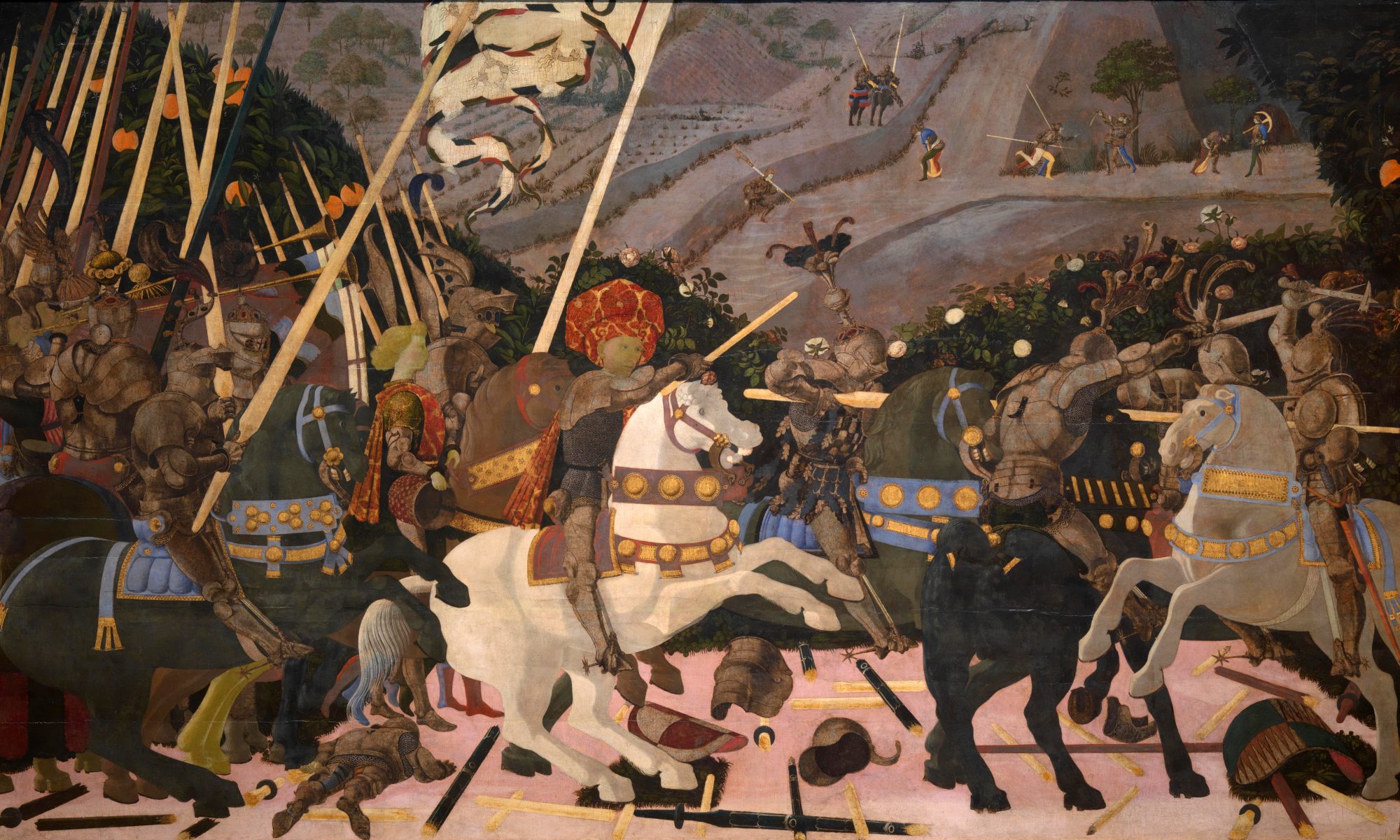Format: Kindle Edition
File Size: 1219 KB
Print Length: 289 pages
Publisher: Lally Brown; 2 edition (6 Sept. 2014)
Sold by: Amazon Media EU S.à r.l.
Language: English
ASIN: B00NDVBWXC
http://www.amazon.co.uk/The-Countess-Napoleon-St-Helena-ebook/dp/B00NDVBWXC
About 15 years ago tourism to St Helena was going through a spate of popularity. Despite an average of only 1,500 visitors a year several travel books resulted in some of the trips. They are mostly similar in theme. A person, whose interest in Napoleon is a principle motive, (which indeed probably accounts for the majority of St Helena tourism) travels to St Helena and discovers the uniqueness of the place, finds that there is more to the Emperor than they had ever imagined and are torn between sadness for his fate and the beauty they themselves find there. My favourite is Kauffman’s “The dark room at Longwood”, probably because of its originality and because he is French, but it requires a foreknowledge of history and indeed St Helena to be appreciated. Therefore was I ever to head out to this immortal lump of rock I would in addition to it take two companion volumes. One is “Napoleon’s Briton’s” which is a straight history rather than a historical travelogue and the other is “The Countess, Napoleon and St Helena” by Lally Brown.
In this book the author has crafted a dual narrative that acts as a mirror to itself, in which we read of Countess “Fanny” Bertrand’s trials and tribulations while attending on Napoleon’s “Court” at Longwood House, and then we are given a parallel view to Brown’s own time living in the house built for Fanny and her husband on the island.
Here those used to reading the up close and personal accounts of Napoleon’s last years, can see more of how those around Napoleon, specifically his French companions dealt with the isolation, the British jailers and the Emperor. Much of the book is dedicated to a sort of diary or journal, which while admittedly is not the Countess’ own, is compiled from rare archival sources such as her letters, and which I found to be a very origional way of presenting the story. In this “journal” the Countess takes you through the events and gossip of everyday life. It is interspersed with Lally’s own experiences every few chapters. Interesting snippets from Fanny, include dangerous rats, numerous “abominations” that make her despair of ever getting off the island, constant watching for American Ships and the Emperor’s beloved garden which he defended from local chickens, domestic goats etc with a fowling piece.
Amidst this lively stream of interesting anecdote and poignancy, Lally intersperses her own reminiscences that are pertinent to the story. They are quieter and more reflective, semi nostalgic scenes and vignettes of island life, which if I am honest were my favourite parts. The author I’m sure would do well to write a full account of her time there. All in all, if you are going to travel to St Helena, or if you want to broaden the picture of Napoleon’s last years, buy this book.



